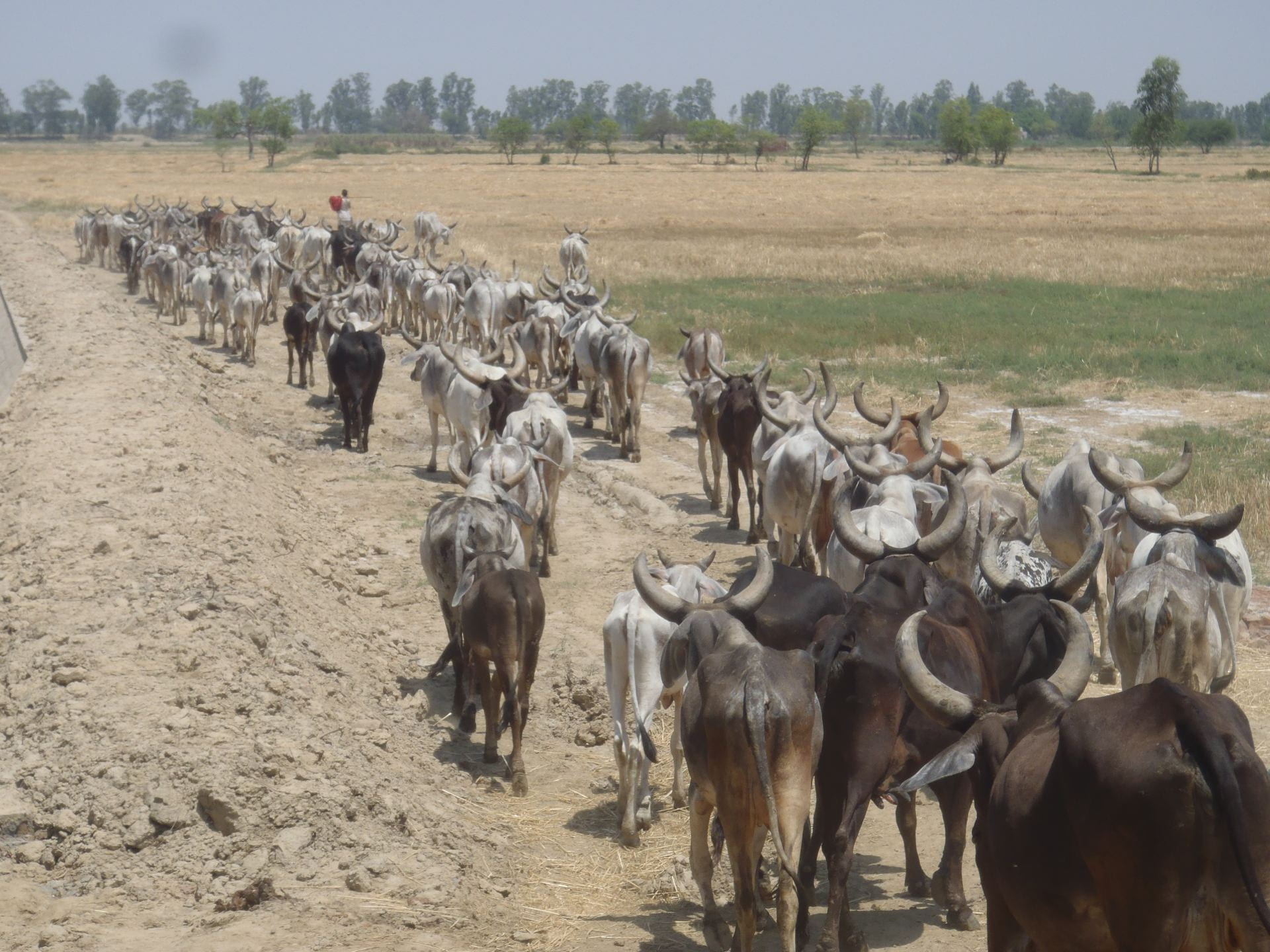My research is focused on the prehistory and proto-history of South Asia. For much of my career I have been exploring the Indus Civilisation of north-western South Asia c.3200-1300BC. The Indus Civilisation was one of the great Old World Bronze Age civilisations, contemporary with Mesopotamia and Egypt, but much larger in size (some estimates put it at 1 million km2). Unlike these other civilisations, however, relativly little is known about the Indus. We are still debating if it was one single civilisation or many sharing a material culture, if it was hierarchically or heterarchically organised. From a plant point of view, the Indus sits in a fascinating geographical and temporal location – spanning a plethora of environments, two rainfall systems, two (possibly three) river systems, and at the meeting point for foods and goods moving into out of and across the sub-continent. My research has been exploring how people exploited this diversity during periods of social and climatic change (the 4.2kya event occurs towards the end of the Indus period and has been linked to questions of social ‘collapse’). I have been asking how (and indeed even ‘if’) people in village settlements noticed larger scale social and climatic changes by exploring how their agricultural strategies and packages changed over time.
My current research is threefold, branching out from my research interest in South Asian archaeobotany:
1) I am working as part of the PAGES’ LandCover6k team. This ‘big data’ project is using archaeological, historical, and paleoenvironmental evidence to improve climate models. LandCover6k is an international and interdisciplinary working group dedicated to reconstructing land cover and land use across the Holocene. The initial goal of this effort is to critically evaluate and improve models of anthropogenic land cover change now being employed by climate scientists.The PAGES’ LandCover6k Working Group is using pollen, archaeological and historical data to provide information on past land cover and land use change that can be used to evaluate and improve Anthropogenic Land-Cover Change (ALCC) scenarios for palaeoclimate modelling and the study of land-use as a climate forcing.The latter will improve our understanding of past land cover-climate interactions and the effect of current and future land-use change on tomorrow’s climate.
2) I am the primary analyst of the archaeobotanical samples from the Early Historic Landscapes of the Tungabhadra Corridor project (EHLTC). This project is examining continuity and change in economic, social, and political organization in northern Karnataka (India) between c. 3000 BC-AD 1500, focusing on material patterning at multiple spatial scales. While the temporal research of the project extends from the Southern Nelothic to the Middle period, at present the project is focused on the Iron Age and Early Historic, a time of remarkable change in peninsular India. As part of EHLTC, multiple macrobotanical and phytolith samples were collected during the excavations of the site of Kadebakele, and I will be exploring how the introduction and expansion of rice agriculture and its integration with existing strategies of dry farming, herding, and foraging led to the emergence of complex new agricultural regimes and transformed regional landscapes through these samples as we integrate them with the other data collected from the site.
3) I also continue to work on Indus material, in particular that collected by the TwoRains project, an ERC funded collaborative project between the University of Cambridge and Banaras Hindu University. I am exploring the phytolith samples collected from contexts at Masudpur I and Lohari Ragho, in addition to pursuing the spatial analysis of Indus domestic houses through the multi-proxy analysis of phytolith, fecal spherulites, microcharcoal and geochemical samples from these sites. Houses are not only the setting for daily life, but also the stage for expressing the multiplicity of identity. Exploring the lived experience, their taskscapes, and the ways that they intersect with questions of gender, age, wealth/status, ethnicity, or other factors of social identity is something that has yet to be been considered or modelled within Indus archaeology. The SPACE project will push Indus archaeology into new areas. Household scale approaches, both methodologically and theoretically, are new to the Indus, and have yet to be approached beyond a limited number of material culture studies at the city of Harappa. Village sites have yet to be explored in this way, and in doing so this project will be breaking new ground.
